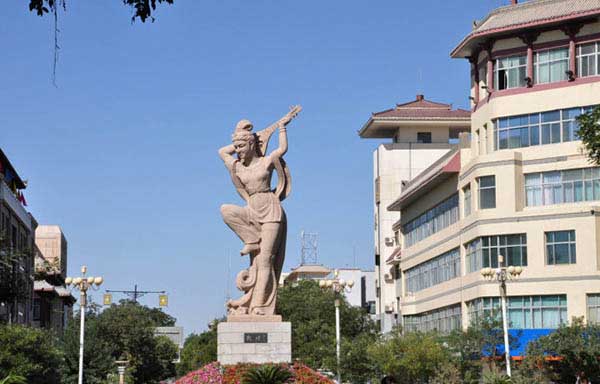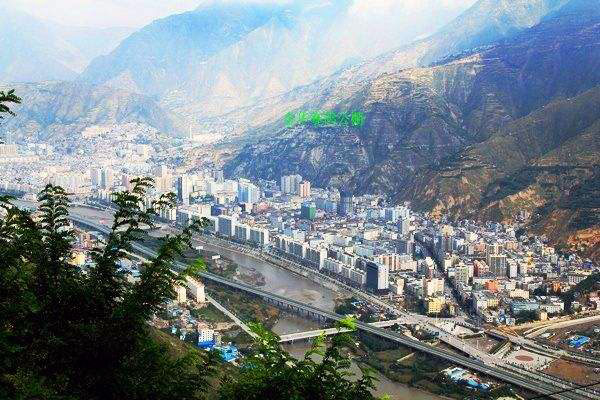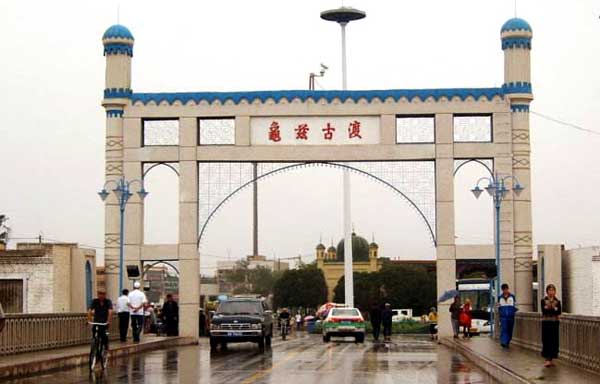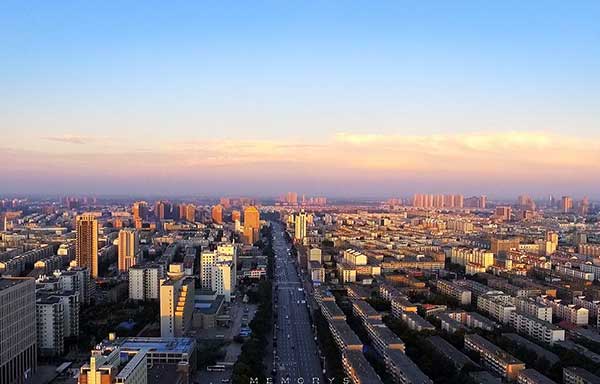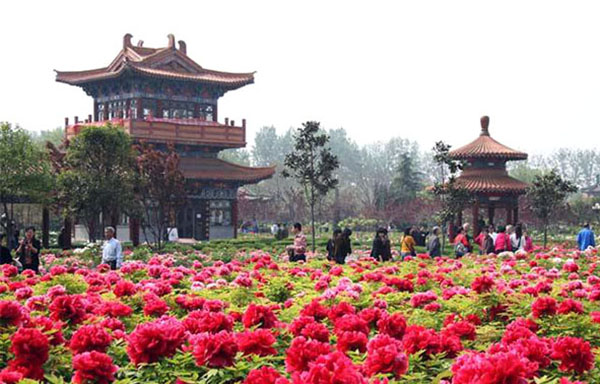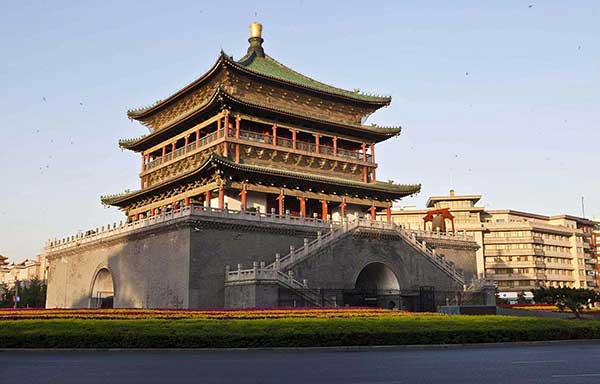- By admin
- In SilkRoadKnowledge
- 2016-06-07
the geography of the silk road
when considering the nature of the silk road, one must remember that there was no one silk route, but many routes, roads, and paths that head in an east-west direction. some routes were well developed and relatively free from bandits, while others were less protected and had fewer oasis towns which offered shelter from the elements. a particular route along the southern edge of the taklimakan was quite risky, but it took less time to cross. one thing that many of the routes had in common was a meeting point in kashgar (kashi). this city, located at the foot of the pamirs, became one of the most important trade centers in central asia. this was the halfway point along the silk road where most traders sold their loads to middle men who would make the final transaction further down the line. so in reality, few traders actually made the transcontinental journey along the route; it was the goods that eventually made it from one side of asia to the other.
the silk road did not exist for the sole purpose of trading silk. although silk was most remarkable for westerners, it was only one of many items that were traded throughout the history of the silk road. gold, precious metals, ivory, precious stones, and glass went towards china, while firs, ceramics, gun powder, jade, bronze objects, lacquer, and iron went west. all of these items went overland by way of caravan which consisted of anywhere to 100 to 1000 camels, each loaded with roughly 500 pounds of goods. such caravans were extremely valuable and vulnerable to bandits; as such they needed escorts and a secure place to camp each night.
the development of central asian trade routes caused some problems for han rulers in china. bandits took advantage of the terrain to plunder trade caravans along the gansu corridor. as a result, trade began to suffer great losses at the expense of merchants at either end of the route. han rulers answered this threat by constructing forts and defensive walls along part of the route. these sections were later combined to form the 'great wall' which still stands today as a testament to human achievement and suffering at the hands of determined emperors. unfortunately, the wall along the northern side of the gansu corridor was not as effective as intended, as the chinese periodically lost control of sections of the route. it became apparent to later han rulers that in order to control the route, especially the taklimakan region, a permanent local government had to be established. once a local government in the taklimakan region was secure, the growth of settlement along the routes really began to take off. under the protection of the han empire, the settlements were able to reep the benifits of secure and reliable trade. they also absorbed a lot of the local culture, and the cultures that passed them by along the route.
religion was the most important commodity to be carried along the route. the religions of central asia owe much of their existance to the trade routes that carried them to tibet, the taklimakan region, and eventually china's ancient capital changan. buddhism came into china from india as early as the first century ad, and changed the face of silk road towns with monasteries and pagodas. buddhisms influence was also seen in the art of the era, as more artists began using the image of the buddha in their work. later, islam made it into the heart of china much the same way as buddhism did before, but as we shall see, its ultimate effects contributed to the silk road's eventual decline. christianity too was carried by european missionaries and took root in tang china in 638 ad.
the tang dynasty was the height of the silk road's importance. individual states assimilated thus decreasing the outside threats. buddhist manuscrips and artwork continued to pour into china changing the look of the civilization as a whole. by 742 ad, the changan had become an exotic metropolis, boasting a population of nearly two million, five thousand of which were foreigners from along the road, as well as japanese, koreans, and maylays. starting in 1206, the mongols led by genghis khan conquered a huge ptition of asia. in china they established the yuan dynasty which lasted only about 160 years, but nonetheless was the center of the largest empire that the world has seen. the mongol empire enveloped the whole of central asia from china to persia, and stretched as far west as the mediterranean. under the mongols, the silk road became an important path for communication between different parts of the empire, as well as a protected trade route. the mongols remained relatively sympathetic to different religions, nationalities, and creeds. it was at this time that the first europeans began arriving in mongol cities. marco polo is probably the most famous westerner to have witnessed the court of kubilai khan. he traveled extensively throughout china and brought back to europe some of the first factual information about east asia.
Related destinations
Why Choose Us?
We are the top Silk Road tour operator based in Dunhuang, China. We focus on providing well designed Silk Road China Tours with resonable price and thoughtful service.
- Easy & carefree booking
- The best value
- Great travel experience
- Locally operated
Hot Tours
-

6 days Gansu tour to Binglingsi, Xiahe and Langmusi
Tour type : Private tour Price : from *** Destinations : Lanzhou - linxia - Xiahe - Langmusi - Hezuo - Lanzhou -

12 Days Gansu Highlights Tour
Tour type : Private tour Price : from *** Destinations : Xian – Tianshui – Lanzhou – Xiahe – Langmusi – Hezuo – Zhangye – Jiayuguan - Dunhuang -

10 Days Silk Road Classic Tour
Tour type : Private tour Price : from *** Destinations : Xian - Zhangye - Jiayuguan - Dunhuang - Turpan - Urumqi -

5 Days Zhangye - Alxa youqi Highlights Tour
Tour type : Private Tour Price : from *** Destinations : Zhangye - Alax youqi - Zhangye

